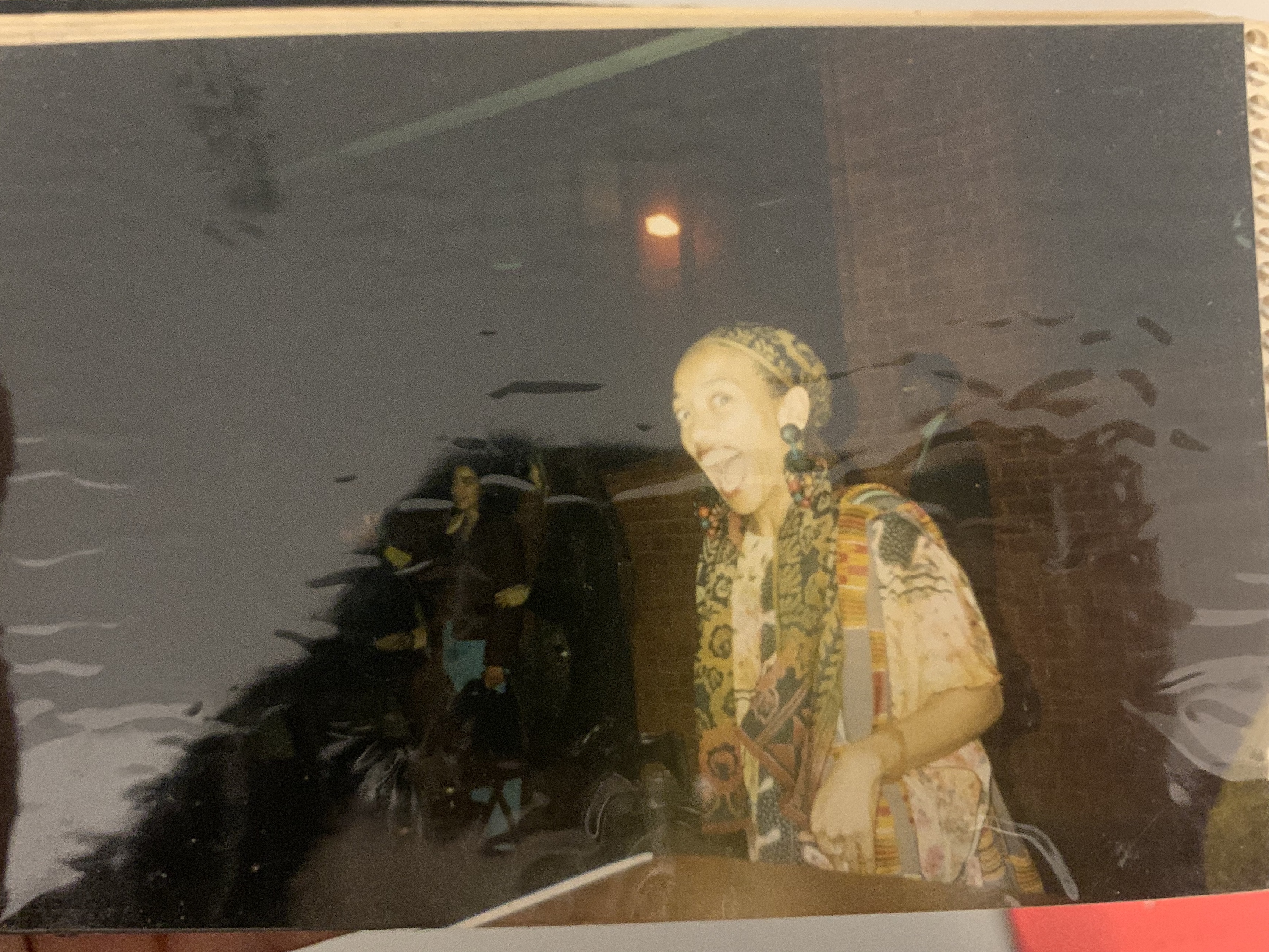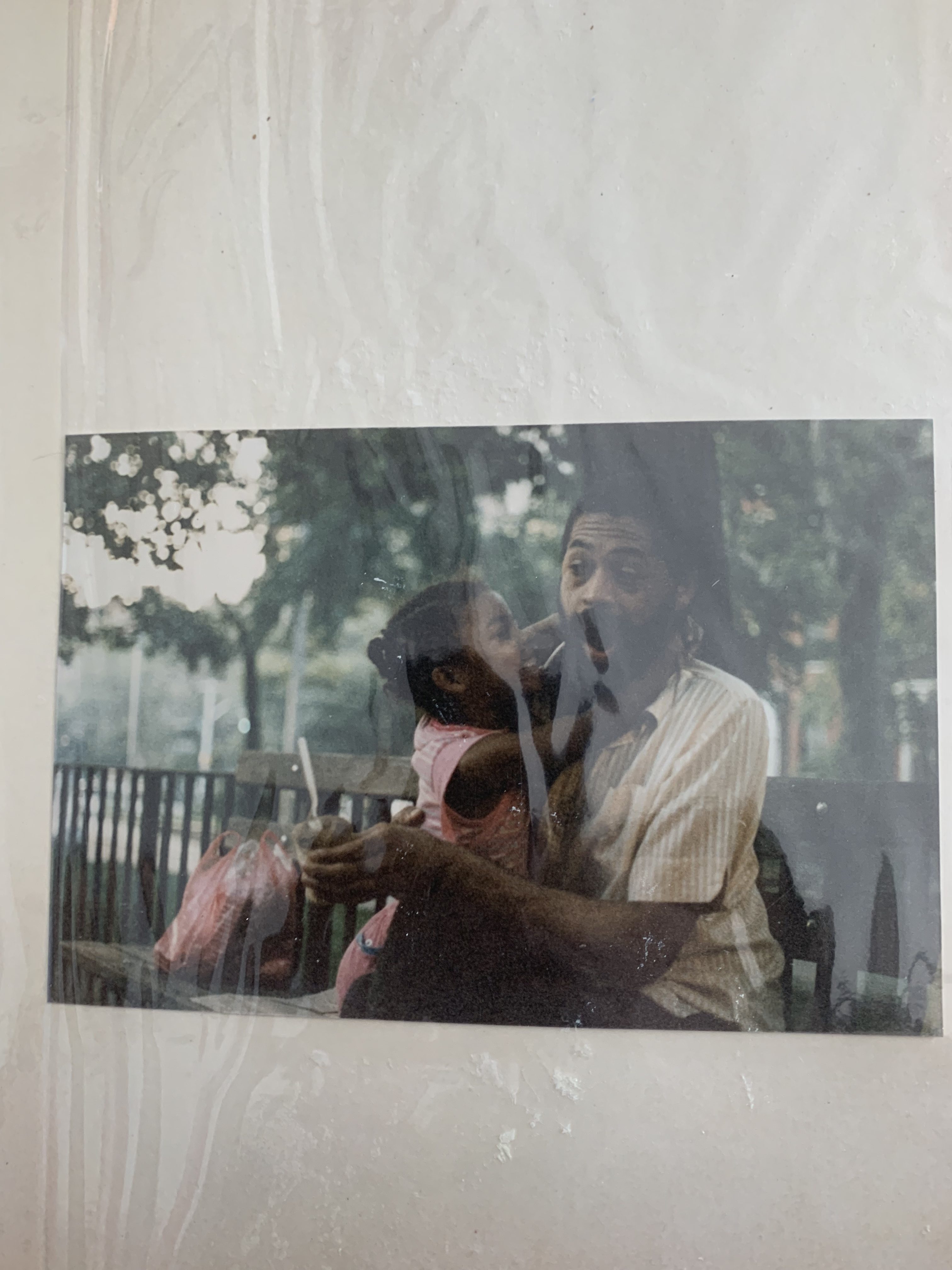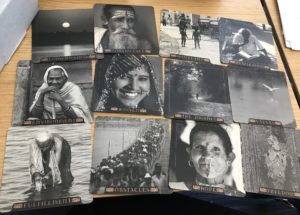Ntozake Shange… the playwright, the poet, the author… AND the photographer!
In my last archive find post, I reveled about how captivated I was by Ntozake’s collection of photo albums more than anything else I explored in her collection. After many revisits, these photos continue to captivate me–-not solely because they are beautiful but also it truly feels like a privilege to see through Ntozake’s eyes.
This course is titled the Worlds of Ntozake Shange and Digital storytelling. We explore the worlds she creates through writing and performance, but what does it mean to consider the world that she lived in? What about this lived world of Ntozake Shange led her to create these, sometimes fictitious and other times not, worlds that we’ve had the joy of exploring through writing. To me, Ntozake’s photography provides a glimpse into Ntozake’s real world.
Many of the photos present in the album feature a smiling Ntozake dolled up alongside other artists, at seemingly lavish galas/events. Some of them feature her alongside her family. The ones that are my favorite are ones that seem like snapshots of specific environments in which Ntozake found herself. Like the two above, these moments are not posed, it is not clear who they feature or where they were taken, but it feels as though we are able to see what Ntozake saw even if just a literal snapshot moment.
Some photos, like the last, are of people who are presumably friends of Ntozake–– some aware of being photographed or others just existing (like in the first photo here). Many like the baby photo featured here and those in my last archive find, are of Savannah throughout the years. Others are ones of Ntozake’s living room, or dining table–– of art on her walls, or plants in the corner. All of which, to different degrees, expose us to the world that for whatever reason encouraged Ntozake to birth worlds of her own.










